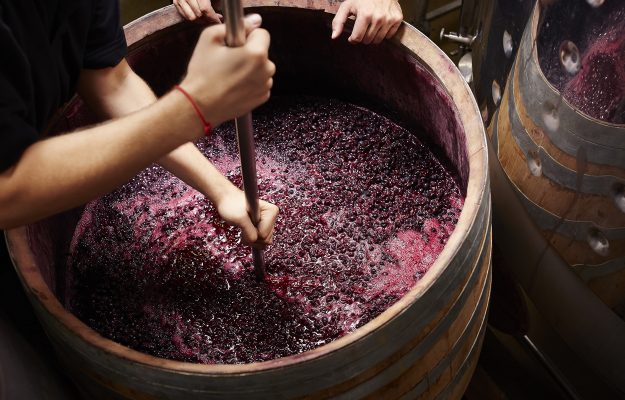There can now be no more doubts that 2018 was an abundant year for the production of wine globally. In the Old Country, while the last grape clusters are being cut and brought to the cellars, the Organization Internationale de la Vigne et du Vin has issued a “financial note” to confirm this fact. According to the note, this year’s production, overall, should reach 282 million hectoliters, one of the highest ever in the third millennium, which registered a growth of 31 million hectoliters (+12%) compared to the extremely scarce 2017 harvest. This quantifiable recovery has been driven mainly by the Old Country, according to “the UN” of wine, but also by significant increases in some South American countries, which have offset the decreases in some wine producing countries, like Australia or South Africa. In the European Union, production has been estimated to reach 168.4 million hectoliters (a slightly lower estimate than the 175.6 million hectoliters the European Commission predicted recently, ed.), 19% growth compared to 2017, and higher production estimated at over 27 million hectoliters. According to other forecasts that national and international organizations have issued so far, Italy will absolutely be the world’s leading producer reaching 48.5 million hectoliters, and recovering on 2017 (+14%), and in line with the five-year average, while France (46.4 million hectoliters, + 27% on 2017) and Spain (40.6 million hectoliters, + 26%) will be slightly higher than their historical records. The United States has been confirmed the world’s fourth largest producer, boasting a production of 23.9 million hectoliters, due to a slight increase over 2017 (+ 2%). The fifth world producer (pending China’s data, which is not yet available, pointed out OIV) will be Argentina, at 23% growth in 2017, for 14.5 million liters, and then Chile, at 12.9 million hectoliters (+ 36%). Closing out the “Top 10” of the world’s wine producers in 2018, there are Australia (-9%, at 12.5 million hectoliters), Germany (+ 31%, at 9.8 million hectoliters), South Africa (-12%, at 9.5 million hectoliters) and Portugal (-22%, at 5.3 million hectoliters). Now, as we await the final data that will be issued in the next few months, the focus will shift to the crucial game of maintaining wine prices.
Copyright © 2000/2025
Contatti: info@winenews.it
Seguici anche su Twitter: @WineNewsIt
Seguici anche su Facebook: @winenewsit
Questo articolo è tratto dall'archivio di WineNews - Tutti i diritti riservati - Copyright © 2000/2025









































































































































































































